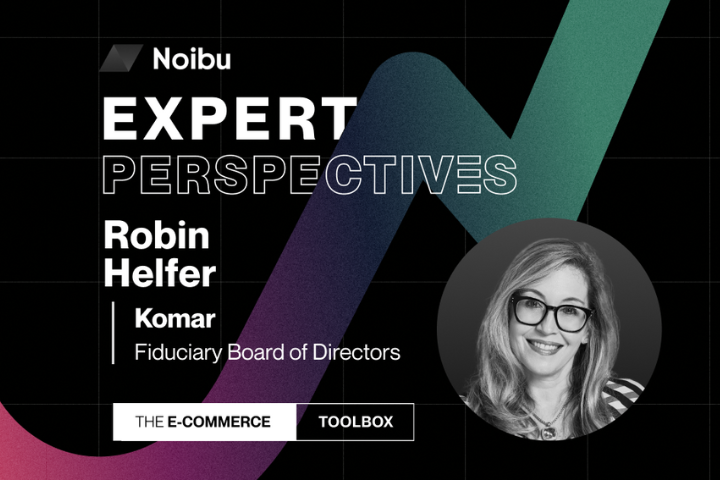Founded in 1925, Fendi is a luxury Italian fashion house that has taken over the globe. With over 270 stores globally and an incredible online presence, they are going from strength to strength.
Ghiwa Salhani, E-commerce Supervisor at Fendi, recently sat down with Kailin Noivo on The E-commerce Toolbox: Expert Perspectives to explore the global luxury fashion brand’s approach to e-commerce, specifically focusing on their Gen Z and Middle Eastern markets.
Targeting Gen Z
Traditionally, the luxury market has only catered their marketing to older audiences, as they are generally more willing to spend large amounts of money on smaller purchases. Ghiwa explains, however, that times are changing and luxury brands, Fendi included, are now having to target Gen Z audiences.
Why?
Because they have a much larger consumption power compared to the same age groups in previous generations, making them some of if not the most powerful spenders.

As a group, they are getting smarter with their money. Instead of buying whichever products they like, they look at what a brand stands for, with a specific focus on their sustainability practices, celebrity representation, and values present in the marketing.
They are expecting a lot, which is making it very difficult for luxury brands to stand out. Ghiwa explains that Fendi approaches this challenge by researching who their audience is, and what channels they are coming in through. By using tools like Google Analytics to find out which channels are sending customers to which products, they can tailor their social media campaigns to target specific groups through their preferred channels. AI can be used in this to better drive conversion.
Driving Conversions and Streamlining Merchandising with AI
So far, Fendi has seen the biggest advantage of AI in its ability to drive conversions. For over a decade now, social media campaigns have driven traffic to websites—that’s not the issue. The challenge is often then getting these customers to convert. Ghiwa explains that AI can help direct and personalize the content a user is seeing by showing them ads that are relevant to their unique profile.
But that’s not the only benefit of AI, Ghiwa has also seen its benefits in merchandising—a task that takes a lot of time for e-commerce professionals. AI can automate merchandising processes, freeing up time to focus elsewhere.
Approaching the Middle Eastern Market
Ghiwa operates in the Middle East, so has a unique insight into e-commerce in the region.
She explains that, compared to the rest of the world, e-commerce in the Middle East is a fairly novel concept as people didn’t really shop online until COVID-19 hit.

Ever since the pandemic, there has been an increase in the number of people shopping online, but it is still challenging for e-commerce sites to compete with brick-and-mortar stores, as people prefer the luxuries of the in-store experience. Thus, Ghiwa recommends operating from an omnichannel perspective, ensuring the store and website complement each other wherever possible.
Many people in the region are not tech-savvy, and they are worried about online scams so are reluctant to hand over their credit card details. The way around this is to make your checkout process as simple as possible and use in-store colleagues to reassure customers that the website is another legitimate option. You can also offer added incentives for shopping online, such as free gifts and exclusive discounts so that people have a reason to move online.
Listen to the Full Episode Below!
Listen to this episode of The E-commerce Toolbox: Expert Perspectives with Ghiwa Salhani and Kailin Noivo to discover more about targeting Gen Z and breaking into the Middle Eastern markets.
👉 Apple: https://bit.ly/3VXPtsg
👉 Spotify: https://spoti.fi/4eBKvsH



